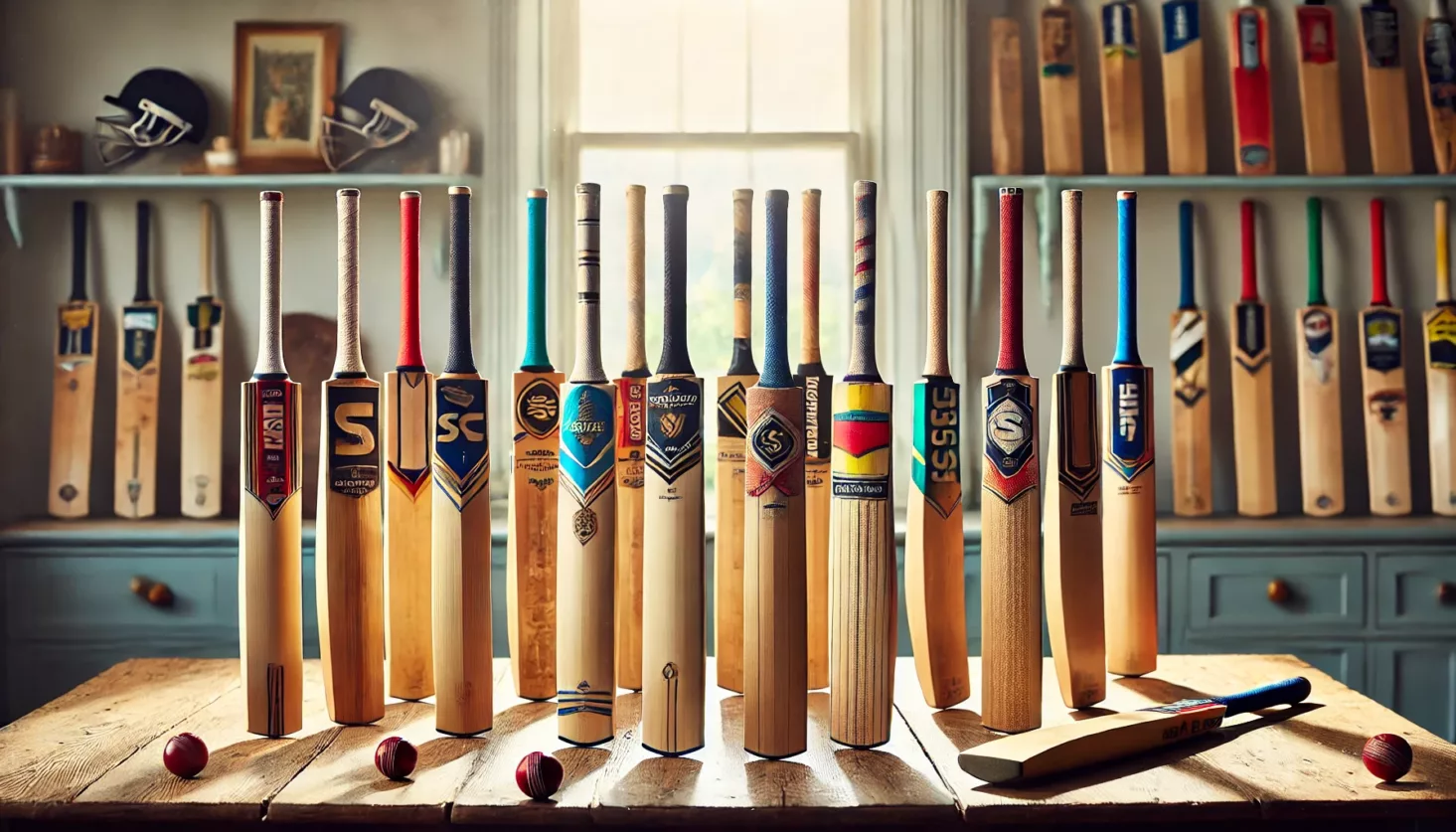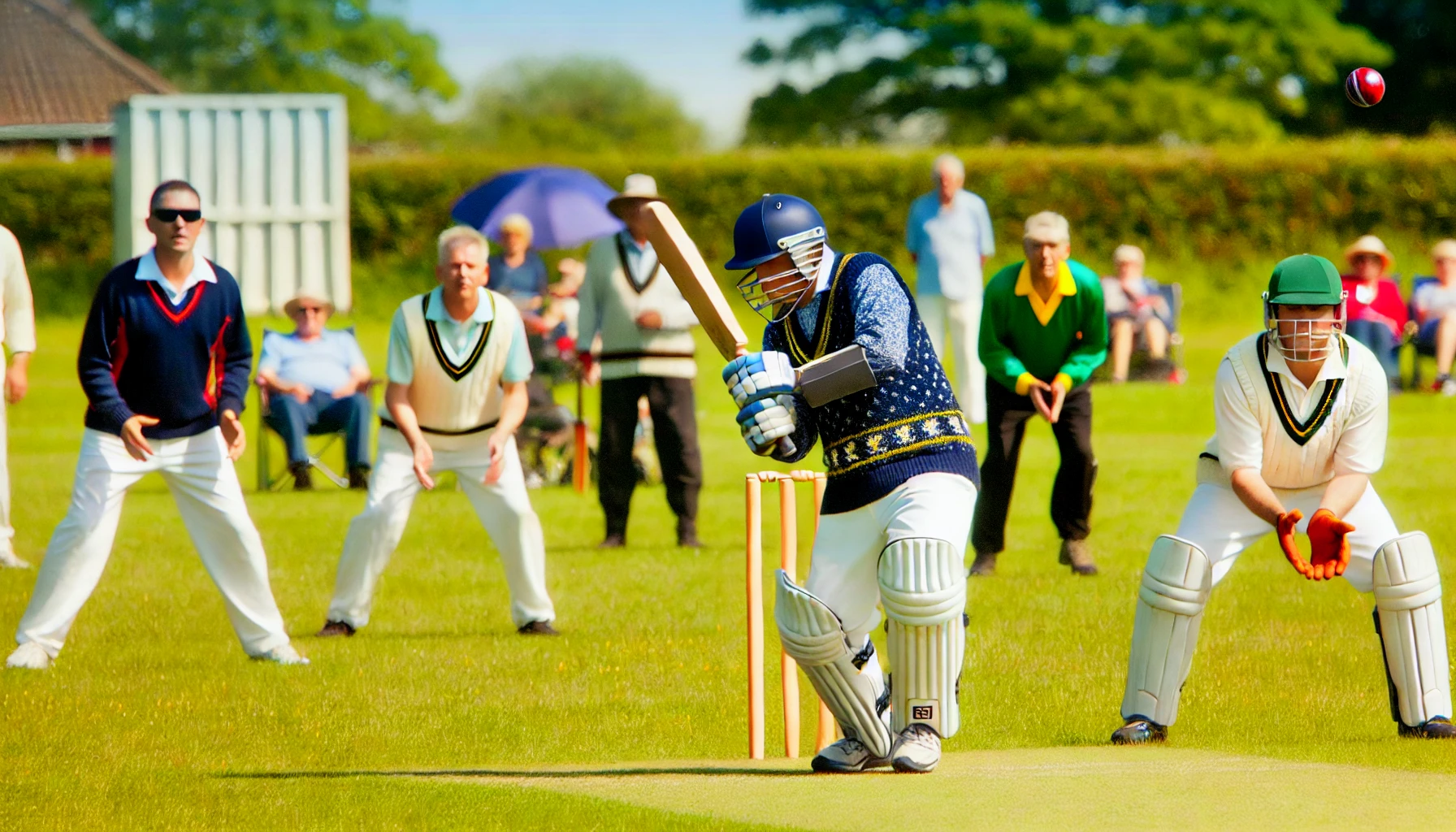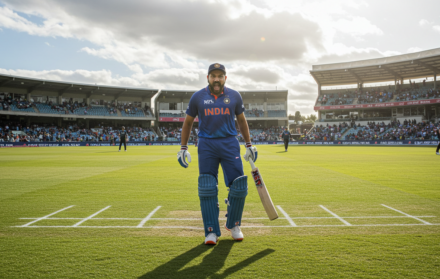
Best Cricket Bats | A Comprehensive Guide
Cricket, a sport with deep historical roots, has evolved over the centuries, and so have the tools of the game, especially cricket bats. The development of cricket bats is not only a reflection of changing playing styles but also technological advancements. Whether you’re a seasoned professional or just starting, choosing the right cricket bat can dramatically improve your performance. In this article, we’ll explore everything you need to know about cricket bats, including their historical evolution, modern design features, materials, and some of the best options available today.
The Evolution of Cricket Bats
Cricket bats have undergone significant transformations over the centuries, both in terms of shape and weight. Here’s a snapshot of the historical progression of cricket bats:
- 1870s: In the early days, cricket bats were relatively light, with an average weight of around 2 lbs (907 grams). These lighter bats suited the conditions of the time when cricket was a slower, more technical game.
- 1960s: By this time, bat weights had increased slightly, averaging around 2.2 lbs (998 grams). This was the era when cricket was becoming more competitive, requiring players to balance technique with power.
- 2020s: Modern cricket bats are significantly heavier, ranging from 2.7 lbs to 3 lbs (1225 to 1361 grams). These bats are designed to accommodate the fast-paced, power-hitting game, particularly in T20 cricket. Heavier bats are now preferred by power hitters, although players can still find lighter models suited to their playing style.
The dimensions of cricket bats have remained relatively consistent throughout history, with a maximum allowable length of 38 inches (96.5 cm) and a maximum width of 4.25 inches (10.8 cm). These regulations ensure a level playing field for all participants while giving manufacturers the freedom to innovate within these constraints.
Sweet Spot Development: Then and Now
One of the key features of any cricket bat is the sweet spot—the area on the bat where the ball makes the most powerful contact. In the 1970s, cricket bats had a sweet spot that measured only about 2-3 inches in diameter. Today, thanks to advanced design and better materials, the sweet spot on a modern bat has expanded to a range of 5-6 inches, significantly increasing the chances of hitting the ball cleanly and sending it farther (see our article on the best cricket balls).
The larger sweet spot has been a game-changer, particularly in the shorter formats of cricket like T20. It allows players to hit with more confidence and power, even if they don’t middle the ball perfectly.
Materials Used in Cricket Bats
The material of a cricket bat has a profound impact on its performance, durability, and cost. Traditionally, bats have been made from English willow (Salix alba var. caerulea), prized for its light weight, durability, and excellent grain structure, which enhances performance. English willow bats are the preferred choice of professional players due to their superior balance and power.
A more affordable alternative is Kashmir willow, a denser and heavier wood commonly used for entry-level and mid-range bats. While Kashmir willow bats don’t offer the same performance level as English willow, they are durable and better suited for beginners or casual players.
The Best Cricket Bats on the Market Today
Choosing the right cricket bat depends on various factors, such as your playing style, skill level, and budget. Below are some of the best cricket bats available today:
- Gray-Nicolls Legend One of the top choices for professional players, the Gray-Nicolls Legend is made from Grade 1 English willow and offers an incredibly large sweet spot. It combines a lightweight pick-up with a powerful middle, making it ideal for aggressive stroke play. Learn more about Gray-Nicolls bats here. Price: £1000+
- Kookaburra Kahuna A popular choice among international players, the Kookaburra Kahuna offers an impressive balance of power and control. Made from premium English willow, this bat is perfect for versatile players who like to balance aggressive shots with technical strokes. More about Kookaburra Kahuna. Price: £500-£700
- SS Ton Gladiator Known for its massive sweet spot and thick edges, the SS Ton Gladiator is a favorite among power hitters. It’s made from the finest English willow and is designed to deliver explosive shots with minimal effort. Check SS Ton bats. Price: £600-£900
- Gunn & Moore Diamond This mid-range bat, endorsed by international stars like Ben Stokes, offers exceptional value for money. It features a lightweight design and a significant sweet spot, making it ideal for players who want a high-performance bat without breaking the bank. Explore Gunn & Moore range. Price: £200-£400
- Spartan MS Dhoni Popularized by the former Indian captain MS Dhoni, Spartan bats are known for their durability and power. This model is particularly well-suited to aggressive players who like to dominate the crease. Price: £400-£600
Types of Cricket Bats by Price Range

Cricket bats are available in various price ranges to cater to players of all levels, from beginners to seasoned professionals.
- Entry-level bats: Priced between £50 and £150, these bats are typically made from lower-grade willow (often Kashmir willow) and are ideal for beginners or those playing recreational cricket.
- Mid-range bats: Costing between £150 and £400, these bats are often made from Grade 2 or Grade 3 English willow. They offer a good balance of performance and price, making them suitable for serious amateur players.
- Professional-grade bats: These top-of-the-line bats are made from premium Grade 1 English willow and can range from £400 to over £1500. They are crafted for maximum performance, with an optimal balance between weight, power, and control. Professional players favor these bats for competitive matches.
Lifespan of a Cricket Bat
The lifespan of a cricket bat depends on its usage and the quality of the willow. For amateur players, a well-maintained bat can last for around 1000 to 1500 hits. In contrast, professional players, who play at higher intensities and frequencies, may only get 200 to 300 hits from a bat before it needs to be replaced. Regular maintenance, such as oiling and knocking-in, can extend the bat’s life, regardless of the level of play.
Performance Innovations in Modern Bats
In recent years, there have been notable innovations in cricket bat design, aiming to enhance player performance. One study comparing seven different bat designs found that non-traditional designs could increase ball speed by up to 19.3% compared to standard bats. These advancements make modern bats much more powerful than their predecessors, giving players an edge, especially in formats like T20, where power-hitting is crucial.
One of the most significant milestones in cricket bat innovation occurred in 2004, with the introduction of T20-specific bat designs. These bats feature shorter blades and longer handles, helping players generate more leverage and power for the explosive hitting required in the fast-paced T20 format.
Historical Milestones in Cricket Bat Design
- 1624: The first documented use of a cricket bat.
- 1880s: Introduction of cane handles spliced into willow blades, providing more flexibility and reducing vibration upon impact.
- 2004: The rise of T20 cricket led to the development of specialized bats with shorter blades and longer handles to increase power.
These innovations have been critical in adapting the game to the changing nature of cricket, where formats like T20 and The Hundred demand new approaches to batting.
How to Choose the Right Cricket Bat for You
When choosing a cricket bat, it’s essential to consider your playing style. Here are some key factors to think about:
- Bat weight: If you’re a power hitter, opt for a heavier bat (around 2.9-3 lbs). If you rely on quick, technical strokes, a lighter bat (around 2.7-2.8 lbs) might suit you better.
- Willow grade: Higher-grade English willow bats offer better performance but are more expensive. Beginners can opt for lower-grade or Kashmir willow, which offers decent performance at a lower cost.
- Handle type: Some players prefer round handles for more control, while others prefer oval handles for better grip. Try different options to see what feels most comfortable in your hands.
The Global Cricket Bat Market

The cricket bat market continues to grow as the sport becomes more popular globally. In 2022, the global cricket bat market was valued at £415.4 million, and it is expected to grow at a compound annual growth rate (CAGR) of 2.5% from 2023 to 2030. This growth is driven by the increasing popularity of shorter cricket formats like T20, which have made cricket more accessible and appealing to younger audiences.
FAQs About Cricket Bats
- What is the ideal weight for a cricket bat? The ideal bat weight depends on your playing style. Power hitters often prefer heavier bats (2.9-3 lbs), while technical players favor lighter bats (2.7-2.8 lbs).
- What is the difference between English willow and Kashmir willow? English willow is lighter, more durable, and offers superior performance. Kashmir willow is heavier and less expensive, making it suitable for beginners.
- How long does a cricket bat last? For amateur players, a bat can last for 1000-1500 hits, while professional players may only get 200-300 hits from a bat.
- What are the regulations for cricket bat dimensions? Bats cannot exceed 38 inches in length and 4.25 inches in width.





